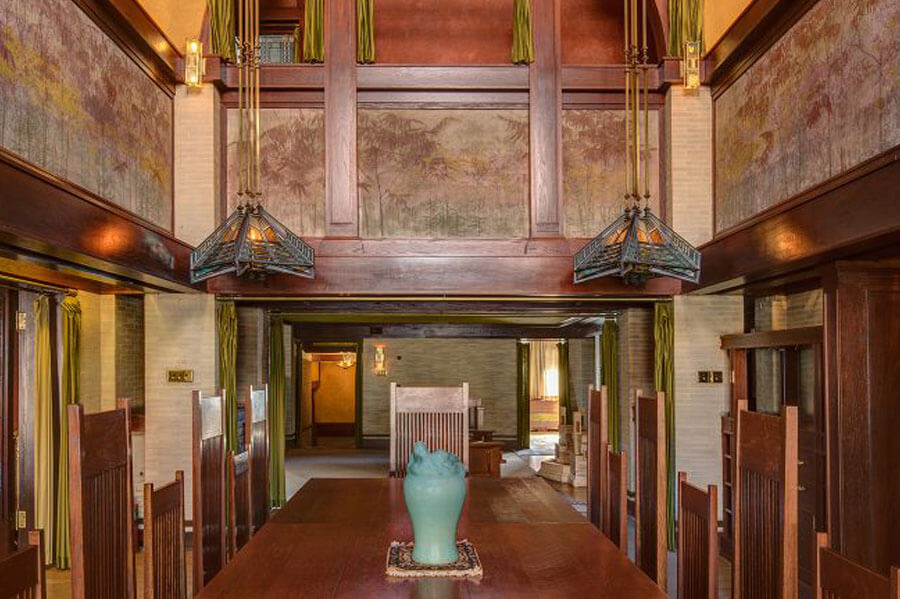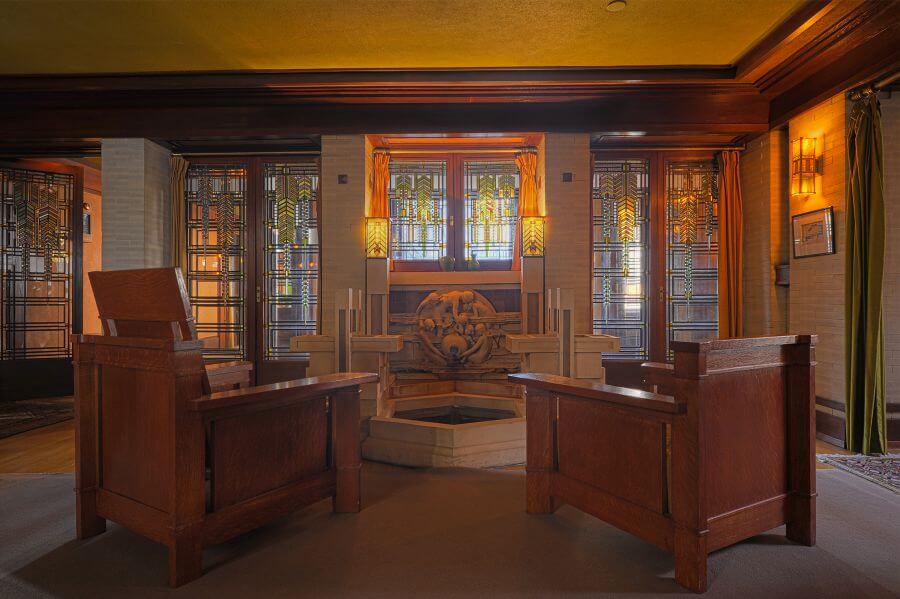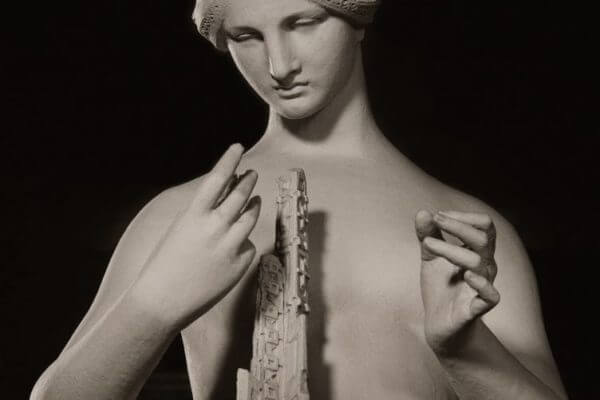Mark Your Calendar
Bourbon Done Wright - October 1, 2025

Experience the sweet smooth flavors of bourbon while learning more about it, enjoy food, entertainment, and visit with fellow bourbon aficionados.
Upcoming Events
Hours & Info
Dana-Thomas House Foundation

Dana-Thomas House
301 E. Lawrence Ave.
The Dana-Thomas House is owned and operated by the Illinois Department of Natural Resources.
Tours are available seven days a week (except New Year’s Day, Martin Luther King Jr. Day, Lincoln's Birthday, Presidents Day, Labor Day, Thanksgiving Day, and Christmas Day) at 9:30 am, 11:00 am, 1:30 pm and 3:00 pm.
Sumac Shop










